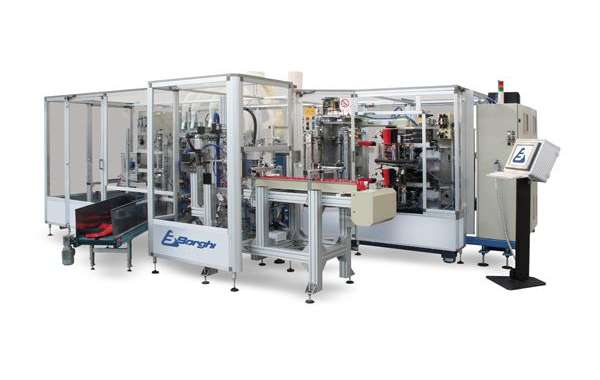The production of these brushes involves a fascinating interplay of traditional craftsmanship and modern technology. This article household brush making machines delves into the intricate process of brush making, highlighting the machinery that transforms raw materials into finished products.
1. Raw Materials
The primary materials used in brush making include:
Bristles: These can be made from natural fibers like animal hair (e.g., boar, horse) or plant fibers (e.g., palm, tampico). Synthetic options like nylon and polyester are also common.
Handles: Typically made from wood, plastic, or metal, handles provide the necessary support and ergonomics for the brush.
2. Bristle Preparation
The first step in brush making is preparing the bristles. This involves:
Sorting: Bristles are sorted by length, thickness, and quality. Natural bristles often require more extensive sorting compared to synthetic ones.
Cleaning: Natural bristles are cleaned to remove oils, dirt, and other impurities. This is usually done through washing and chemical treatments.
3. Machinery in Bristle Preparation
Modern brush making factories use various machines to streamline the bristle preparation process:
Cutting Machines: These machines cut bristles to the desired length with high precision.
Flagging Machines: Flagging refers to splitting the ends of bristles to make them softer and more effective at picking up dust and debris. Flagging machines use rotating blades or abrasive surfaces to achieve this.
Tapering Machines: These machines taper the bristles to give them a natural look and feel, especially important for paintbrushes and cosmetic brushes.
4. Handle Production
Handles are manufactured separately using different processes depending on the material:
Wood Handles: Wooden handles are typically turned on lathes and then sanded smooth. They may be painted, stained, or coated with a protective finish.
Plastic Handles: Injection molding machines are used to produce plastic handles. These machines inject molten plastic into molds where it cools and hardens into the desired shape.
Metal Handles: Metal handles are often made from aluminum or steel and may be cut, bent, and coated as needed.
5. Assembly
The assembly process involves attaching the bristles to the handle. This can be done manually or using automated machinery:
Stapling Machines: For many household brushes, bristles are inserted into pre-drilled holes in the handle and secured with metal staples.
Epoxy Setting: Some brushes use epoxy resin to glue bristles into place. This method is common for paintbrushes where a strong, durable bond is required.
Injection Molding: In some cases, the handle is molded directly around the bristles, ensuring a secure attachment.
6. Quality Control
Quality control is a crucial aspect of brush making. Various tests are conducted to ensure the durability, comfort, and performance of the brushes:
Tensile Tests: Bristles are tested for strength to ensure they don’t easily break or fall out.
Ergonomic Tests: Handles are evaluated for comfort and ease of use.
Performance Tests: Brushes are tested in real-world scenarios to ensure they perform as expected.
7. Packaging and Distribution
Once the brushes pass quality control, they are packaged for distribution. Packaging is designed to protect the brushes during transit and to attract consumers with appealing designs and information about the product.
Conclusion
The technology behind household brush making is a blend of traditional techniques and modern innovations. From the meticulous household brush making machines preparation of bristles to the precise crafting of handles and the rigorous quality control measures, each step in the process ensures that the final product meets the high standards expected by consumers. As technology continues to advance, we can expect even more efficient and sustainable methods of producing these indispensable household tools.
Follow Us More Links:-
Follow Us On Facebook:- https://www.facebook.com/profile.php?id=100075660567841
Follow Us On Linkedin:- https://www.linkedin.com/in/borghi-india-516b37222/
Follow Us On Instagram:- https://www.instagram.com/borghi.india/
Address:- B-315/316, Damji Shamji Corporate Square, Kanara Business Centre Compound, Laxmi Nagar,Ghatkopar Andheri Link Road, Ghatkopar (East), Mumbai 400 075
Call Us:- +91 22 62231691 || +9619140918
Email Us:- info@borghiindia.com




